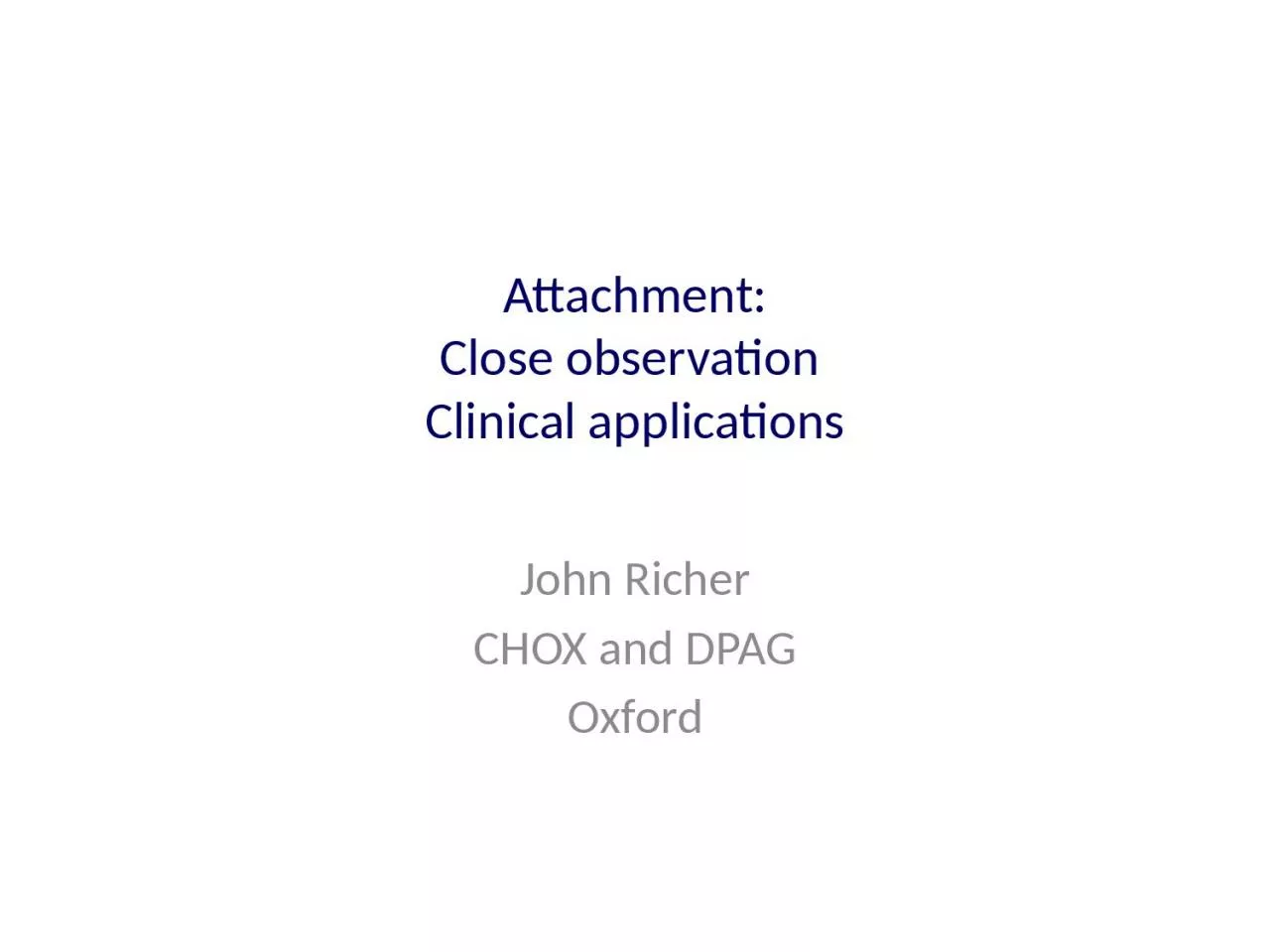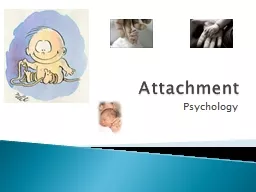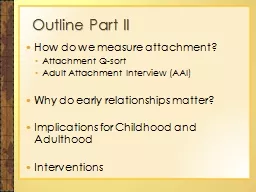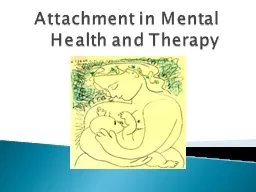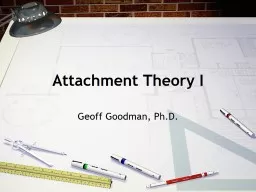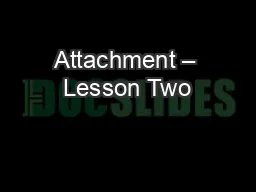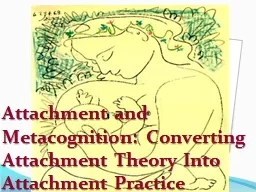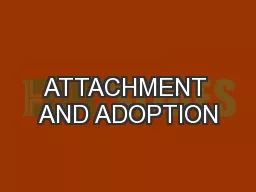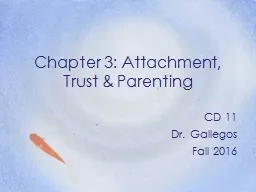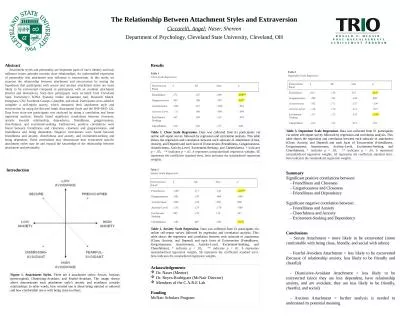PPT-Attachment: Close observation
Author : abigail | Published Date : 2023-09-21
Clinical applications John Richer CHOX and DPAG Oxford Temper tantrum 3 years old Behaviour problems Mother not coping Attachment insecurity Temper tantrum
Presentation Embed Code
Download Presentation
Download Presentation The PPT/PDF document "Attachment: Close observation" is the property of its rightful owner. Permission is granted to download and print the materials on this website for personal, non-commercial use only, and to display it on your personal computer provided you do not modify the materials and that you retain all copyright notices contained in the materials. By downloading content from our website, you accept the terms of this agreement.
Attachment: Close observation: Transcript
Download Rules Of Document
"Attachment: Close observation"The content belongs to its owner. You may download and print it for personal use, without modification, and keep all copyright notices. By downloading, you agree to these terms.
Related Documents

